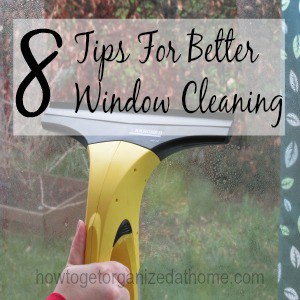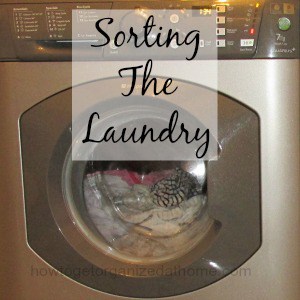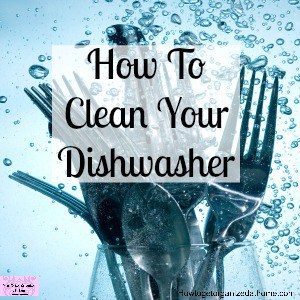Aquariums And Ornaments
The Romans were the first to introduced Aquariums, commonly called fish tanks today, into their homes. The word Aquarium is Latin for “a place relating to water”. The Romans used marble bowls but many centuries later a Chinese Emperor introduced aquariums produced from porcelain. Today, they are usually made from glass or a high strength acrylic plastic. Their shapes vary to a certain extent but the norm is cube or bowl-shaped.
The Great Exhibition of 1851 encouraged more people to enjoy the past-time of keeping aquariums, and the first public aquarium was in London Zoo. Gradually, people were introducing corals and seaweed into their aquariums; by the twentieth century, air pumps were popular in the aquariums.
Important Note Regarding Size
It is very important to ensure you buy the right size tank or bowl to accommodate the type and quantity of fish you intend to keep; also bearing in mind space for ornaments and plants you may want to introduce at a later stage.
How To Clean Aquarium Ornaments
Aquarium Ornaments need the accumulated Algae removed to keep them looking as fresh and good as new.
• With an Algae pad, or use a similar non-abrasive pad to clean glass, remove the ornaments from the Aquarium and gently but firmly scrub the Algae off the ornaments. If there is a big accumulation of Algae it may take a while but the end results will be worthwhile.
• Nylon brushes are very useful to get into the tiny crevices of the Aquarium ornaments. The brushes are available in various sizes so there is no reason for the ornaments not sparkle after careful cleaning.
• A weak solution of bleach and water is an ideal way to clean plastic or silk flowers in your Aquarium. Gently remove them from the Aquarium and immerse them into a bucket containing the weak bleach solution. Leave them immersed in the solution until the build up of Algae dissolves. Rinse the plants thoroughly until there is no odour of bleach lingering on the plants, either in tap water which has been left standing for 24-48 hours to neutralise it or a solution such as you would use to neutralise tap water.
Please maintain the aquarium regularly; daily checks to ensure all is well with the fish, no dead ones floating on the surface, for instance. Also, the water is of a good standard and correct temperature. It is a good idea to “Hoover” the gravel occasionally which will remove food debris. Plants help by using fish waste as plant feed.
Also, please be careful when introducing new fish to the tank; I had the pleasure of owning two goldfish and made the mistake of adding a third. One of the original goldfish attacked the new intruder on a regular basis and within a very short while I found the new fish dead and I am sure the guilty culprit had a smirk on its face!
If you are looking for more articles on this topic head over to the landing page where you will find links to other posts on household.





